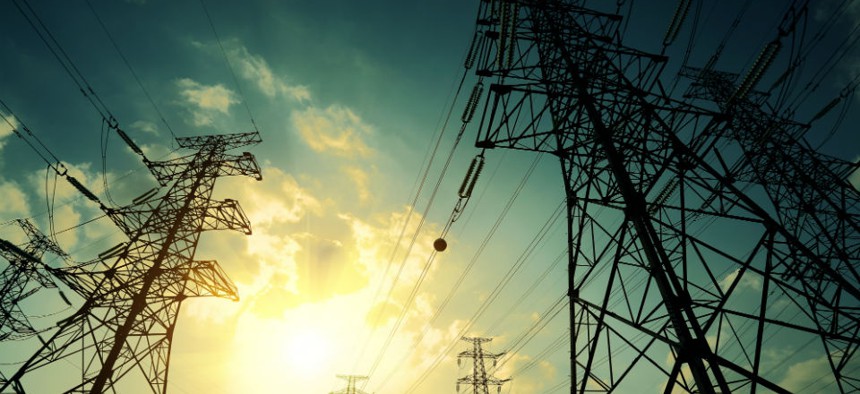New Plan for New Mexico Power Line: Bury the Missile Range Parts

ArtisticPhoto/Shutterstock.com
Burying the line addresses Pentagon objections, but it’s expensive.
SunZia Transmission LLC has tentatively agreed to bury a five mile portion of a high voltage electric transmission line that crosses land leased by the White Sands Missile Range, clearing the way for the project to transmit clean wind energy from rural New Mexico to power hungry markets in Arizona and California.
Secretary of Defense Chuck Hagel disclosed the agreement by SunZia on Tuesday in a letter to Interior Secretary Sally Jewell, who has oversight of the route permit process managed by the Bureau of Land Management. The Pentagon has repeatedly objected to construction of the SunZia line across the missile range on national security grounds because its 35-foot towers spaced 1,400 feet apart would interfere with low level aircraft and missile tests.
To mitigate the impact on missile range operations, Hagel said he “determined that a total of five miles of power line needs to be buried in up to three separate segments, so that some low altitude flight operations can occur.” Hagel told Jewell his staff will identify those segments by Monday, June 2.
If Interior and SunZia agree to the sections the Pentagon identifies, Hagel said Defense will withdraw its objections to the route selected by BLM in June, 2013, which crosses “northern extension” land leased by the Missile Range.
SunZia said BLM “is expected to move forward with permitting activities following final approval of the Defense Department's soon-to-be released mitigation proposal.” The company’s website also acknowledged “acceptance of mitigation commitments that will resolve the mission conflicts previously identified by White Sands Missile Range.”
Ian Calkins, a SunZia spokesman, said burying the line will be “extremely expensive. Ten to twenty times above ground.” Burial also poses technical hurdles Calkins did not define. He did not provide a cost estimate either. A June 2013 Defense and Energy Department working group report pegged the cost of burying the line at $10 million a mile, ten times the cost of the above-ground route.
(Image via ArtisticPhoto/Shutterstock.com)






